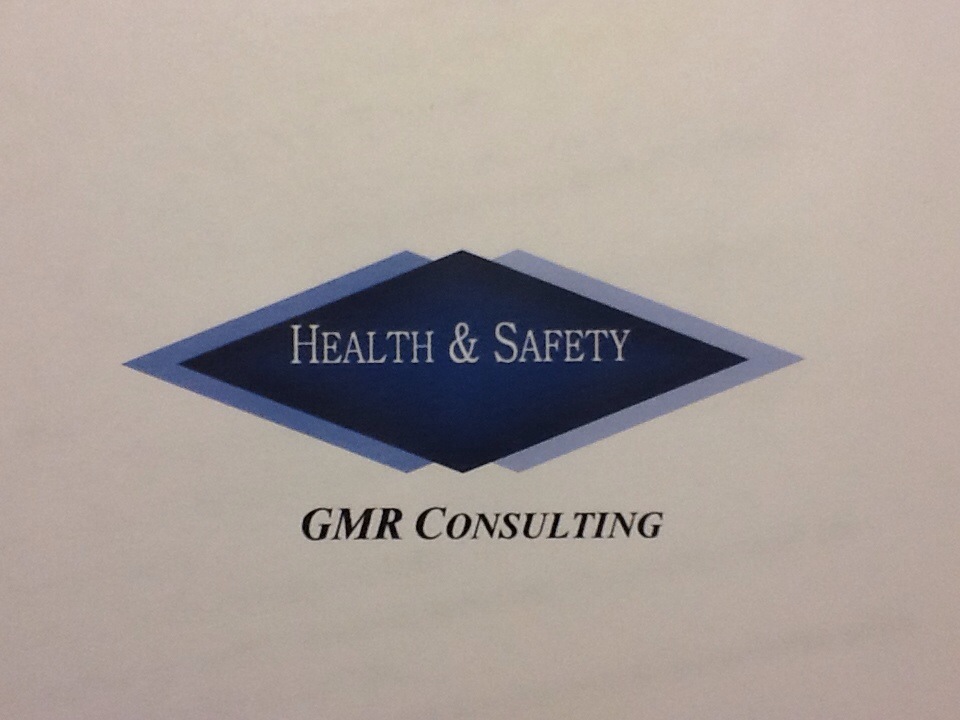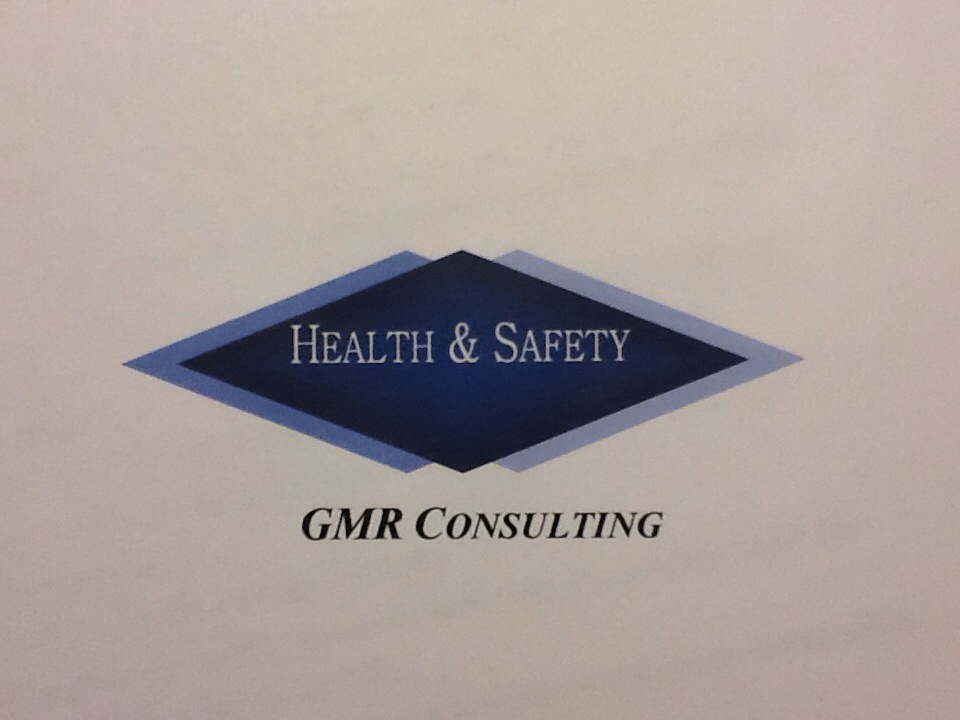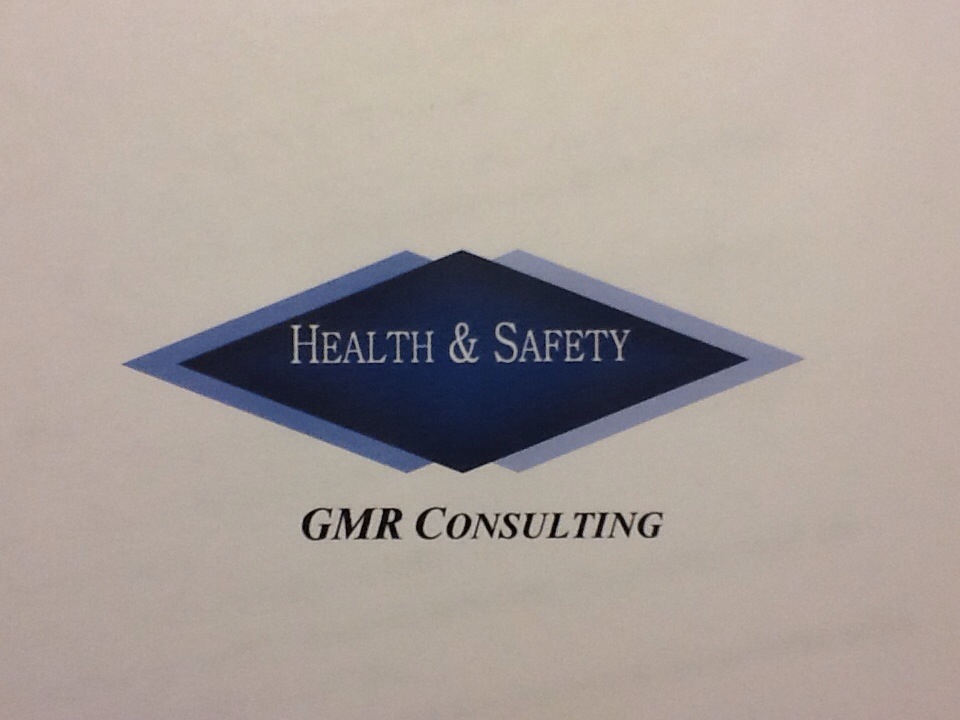Title Page
-
Facility
-
Department
-
Conducted on
-
Prepared by
Public Dining Area
-
All tables and chairs in the dining room are clean and free of food particles.
-
Foods are dispensed in the self-service area in a manner appropriate to proper prevention of contamination.
-
Legible handwashing signs are posted in all restrooms utilized by dietary personnel.
-
Ice Machine is clean and free of hard water and rust. PM's are maintained and log is kept.
-
Buffet/Self Serve area is clean. Warming table is maintained and without fire hazard risk.
-
High Dusting performed.
Food Preparation Area
-
All food contact surfaces are properly washed, rinsed and sanitized.
-
Food is free from contamination
-
Food is protected from dirt, unnecessary handling, over-head leakage and other forms of contamination.
-
Items are stored inverted if not otherwise protected. For customer self-service, cups are protected from contamination and unwrapped utensils are stored handles up.
-
Food products are being used in only one of the following methods: a) in refrigerated units, b) under cold running, potable water of sufficient velocity to flush loose food particles and in a location free of the potential for contamination, or c) in a microwave as part of the cooking process.
-
All sinks are fully operable with both hot and cold water available under pressure.
-
All sinks drain properly. Floor drains and floor sinks are in good working order and clean.
-
Hot foods are cooled from 135 to 70 degrees F within 2 hours or from 70 to 45 degrees with 4 hours for no more than a total of 6 hours for proper cooling.
-
Only approved (NSF or equivalent with the exclusion of toaster, mixers, microwaves ovens, water heaters and hoods) are installed in an approved manner and location.
-
Proper cooling methods are used such as a shallow pan; separating the food into smaller portions; stirring the food after placing container in an ice bath; loosely covering the food or uncovered if protected from overhead contamination (top shelf in cooler) until cooled. Pans of cooling food are not stacked so as to facilitate heat transfer.
-
Single service soap and paper towels are available at all handwashing sinks.
-
Employees wash their hands with soap and water for any of the following reasons: a) before starting work; b) immediately after using the restroom; c) between tasks at any time needed to prevent food contamination.
-
Employees handling food or utensils have no open sores and are not sick.
-
Employees are wearing clean outer garments.
-
Tongs or other implements are used for handling food products. Food products are handled with the least possible bare hand contact.
-
All employees engaged in food preparation wear hair nets.
-
Foods are reheated to a minimum temperature of 165 degrees F throughout and then held at 135 degrees F or above.
-
Thermometers are washed and sanitized between each use.
-
All small equipment is inverted, covered or otherwise protected from dust or contamination when stored.
-
Can openers are clean to sight and touch.
-
Proper machine guards are present and utilized on saws, slicers, grinders and other types of equipment for which they are recommended by the manufacturer.
-
Push sticks are appropriately utilized to feed food grinders and hoppers.
-
Rubber guards are present and in good working condition on a waste food disposal grinders.
-
Grease traps are routinely cleaned.
-
Personal effects are stored away from food storage and preparation areas.
Storage Areas
-
All foods are stored at least 6 inches off the floor.
-
Restrooms are not used for the storage of food, equipment, or supplies.
-
Adequate protection is provided for all single service (paper or plastic) products.
-
All food storage containers are properly closed, stored in non-toxic containers and properly labeled. Scoops are stored in a washable container in a manner that it does not have direct contact with food.
-
Raw meats and eggs are separated from cooked and ready-to-eat foods during storage and preparation.
-
Potentially hazardous foods are maintained at 45 degrees or below or 135 degrees or above.
-
A thermometer, accurate to + or - 2 degrees, is provided either as an integral part of the refrigerator or freezer for outside reading or is located inside each refrigerated unit at its warmest point in a visible location.
-
Temperature logs on all refrigerators and freezers are maintained and without missing entries. Temp Ranges are referenced on log, and area available to document action when temp is out of range.
-
Frozen foods are maintained in a frozen state.
-
Cross connection control devices are properly installed and in good repair (vacuum breakers and back flow preventers).
-
All utensils are clean, sanitized and well-maintained (not broken, cracked, peeling, etc.)
-
Damaged or unapproved utensils have been repaired or replaced.
-
Utensils are stored in clean areas and properly protected. They are allowed to dry before being put away.
-
Chemicals are stored away from food and other food-related supplies.
-
There are no bulging or leaking canned goods in storage.
-
No corrugated boxes in food storage areas.
-
The FIFO (First In, First Out) method of inventory is being practiced.
-
Returned, damaged or unlabeled food products are properly stored ( not on floor and not in area that would prompt usage).
-
All cleaning chemicals are properly labeled and stored away from the food.
Dishroom
-
Unpackaged foods which have been served or returned from the dining area are discarded
-
Dishwashing machine "wash" water is 140 degrees.
-
Dishwashing machine "rinse" water is 180 degrees. For chemical sanitizer "rinse" temperature is 125.
-
Test strips to adequately test sanitizer solutions are readily available and used.
-
Logs are completed every shift for chemical titration. Dishwasher chemical readings are recorded according to policy.
-
Wiping cloths are stored in sanitizing solution while in use.
-
Multiservice utensils are cleaned and sanitized by one of the following means: a) hand washing in an approved three compartment sink (wash, rinse, sanitize); b) in a dish machine conforming to NSF standards using chemical or high temperature sanitizing.
Miscellaneous
-
Lights are shielded or shatterproof.
-
All equipment (i.e. stoves, grills, refrigerators, sinks, etc.) are clean and well-maintained. They are free of rust and residue build up.
-
Inoperable equipment has been repaired, replaced or removed.
-
Rubber feet are present and in good condition on any equipment where the potential for it to walk or shift during use increases the risk of physical harm.
-
Non-skid flooring is used around sinks and in areas where there is a high potential for wet floors that can increase the risk of slips and falls.
-
Floors are clean, well-maintained and in good repair.
-
Eyewash stations are appropriately located to facilitate staff access and are incompliance with current standards for checking, flushing or expiration dates.
-
Staff interviewed can verbalize their primary and secondary means of egress in the event of an evacuation. Evacuation routes are appropriately posted.
-
All fire extinguishes are in place and have a date indicating visual inspection in the past thirty days and annual performance inspection in the last twelve months. The appropriate extinguisher to battle a grease fire is present, has been inspected in compliance with current standards and is easily accessible.
-
Appropriate health and safety law posters are appropriately displayed and all contact names and telephone numbers are up -to-date and correct.
-
Appropriate MSDS information is current and readily available to the workforce.
-
Garbage cans are emptied as necessary and never allowed to become more than 2/3 full.
-
Kitchen garbage cans are clean. Trash containers are leak-proof and covered. There are no cracks, holes or broken lids.
-
Loading dock and areas around dumpsters are clean and free of debris.
-
Dumpsters are closed.
-
There is no evidence of pests. Pest control activities are current and performed in compliance with current standards.
-
Screens on open windows and doors are in good repair.
-
Walls, ceiling and windows are clean, well-maintained and in good repair. There is no flaking paint.
-
Filters on fire suppression hood are clean and have been cleaned in compliance with local standards.
-
The fire suppression hood has been appropriately inspected in the past twelve months.












